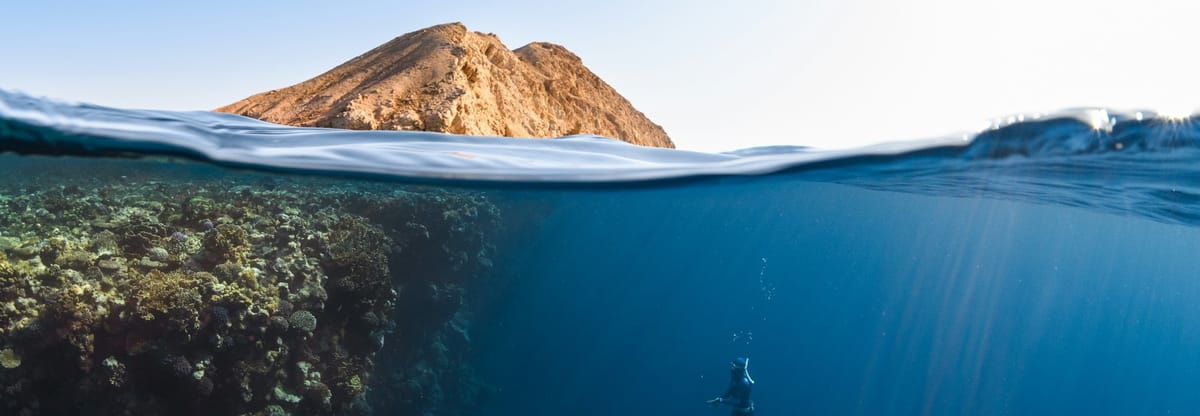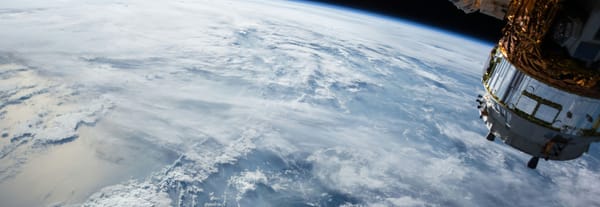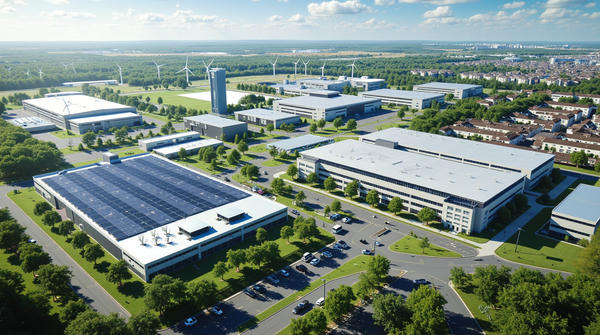Biodiversity and Renewable Energies: How to reconcile development and preservation?

Today, the development of renewable energies is more urgent than ever. But can this transition, necessary to limit global warming, be made without compromising biodiversity? 🌱 How can solar or wind farms be installed while preserving fragile ecosystems? These complex but crucial questions deserve our full attention. It's a challenge that calls for innovation, responsibility and collaboration.
The ecological impact of renewable energy projects
The development of renewable energies, while essential, is not without consequences. The construction of wind or solar farms can disrupt natural habitats: felling trees to install infrastructure, fragmentation of spaces for animal species, soil modifications... For example, a study carried out in France revealed that 20% of solar projects directly impact forested areas. Similarly, wind turbines can pose a risk to certain species of birds and bats.
But it's not just flora and fauna that are affected. Water resources, sometimes needed to clean solar panels or cool installations, can also be affected. These impacts raise a key question: can we ensure energy development while respecting these natural balances?
Taking biodiversity issues into account right from the initial phase of a renewable energy project is crucial, both environmentally and financially. Developers must integrate these aspects into their business plans: environmental impact studies, compensatory measures, technical modifications to preserve biodiversity... These elements can represent 5 to 15% of the total cost of a project.
For large-scale solar projects in particular, inadequate planning can lead to considerable delays, unforeseen cost overruns and even abandonment of the project. For example, a 50 MW solar farm could see its budget increase by several million euros if biodiversity protection measures had not been anticipated. On the other hand, good anticipation optimizes costs and secures the necessary authorizations.
Investors are also increasingly sensitive to these issues. A project that is well designed from an environmental point of view presents fewer regulatory risks, and often benefits from better financing conditions. This proactive approach to biodiversity is becoming a major competitive advantage in the development of renewable energies.
Measuring for better action: the importance of assessment tools
To meet this challenge, numerous tools are now available to measure the environmental impact of renewable energy projects. Multi-criteria simulators, for example, can be used to assess potential impacts on biodiversity, water, soil and much more. These tools offer a clear vision and enable projects to be adapted right from the design phase.
A concrete example? In Spain, a wind farm project used a simulation model to identify bird migration corridors. As a result, the wind turbines were strategically positioned to minimize their impact. Such initiatives show that it is possible to combine technological progress with respect for nature. 🦉
Regulatory leverage
In Europe, regulatory frameworks exist to mitigate these impacts. The European Union's Habitats Directive, for example, requires rigorous assessment of projects likely to affect Natura 2000 protected areas. In France, the law requires ecological compensation measures where environmental damage has been identified. This may include reforestation or the creation of new refuge areas for displaced species.
However, these regulations must be rigorously applied. Too often, offsets are seen as a "cosmetic" solution, whereas they should be a real lever for restoring and protecting ecosystems.
Inspiring, responsible solutions
Fortunately, innovative solutions are emerging across Europe. In Germany, a solar power plant has been developed with spaces for biodiversity. Around the panels, meadow areas have been created to encourage pollinating insects. The double benefit: producing clean energy while supporting local biodiversity.
In Portugal, a wind farm project worked closely with ecological experts to reduce its environmental footprint. As a result, sensitive areas were avoided and alternative habitats created for affected species.
These examples show that with pragmatism and a long-term vision, it's possible to balance development and preservation.
And what do you think? 🌍
The energy transition must not be at the expense of biodiversity. As a citizen, stakeholder or decision-maker, you have a role to play in this debate. What do you think of the solutions put forward? How do you imagine a future where energy and nature coexist harmoniously? Share your opinions and ideas: together, we can find sustainable and inspiring answers to this collective challenge.



